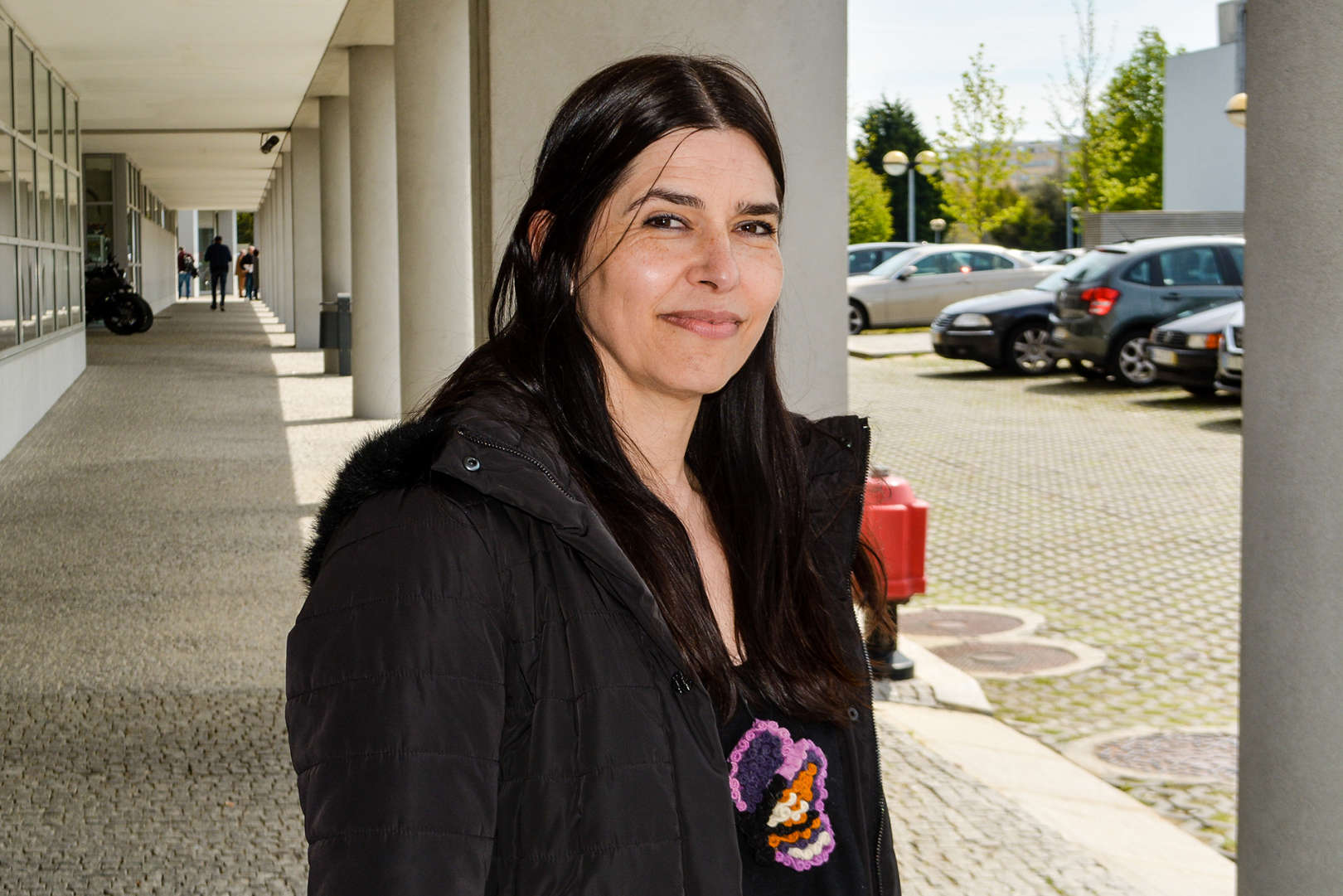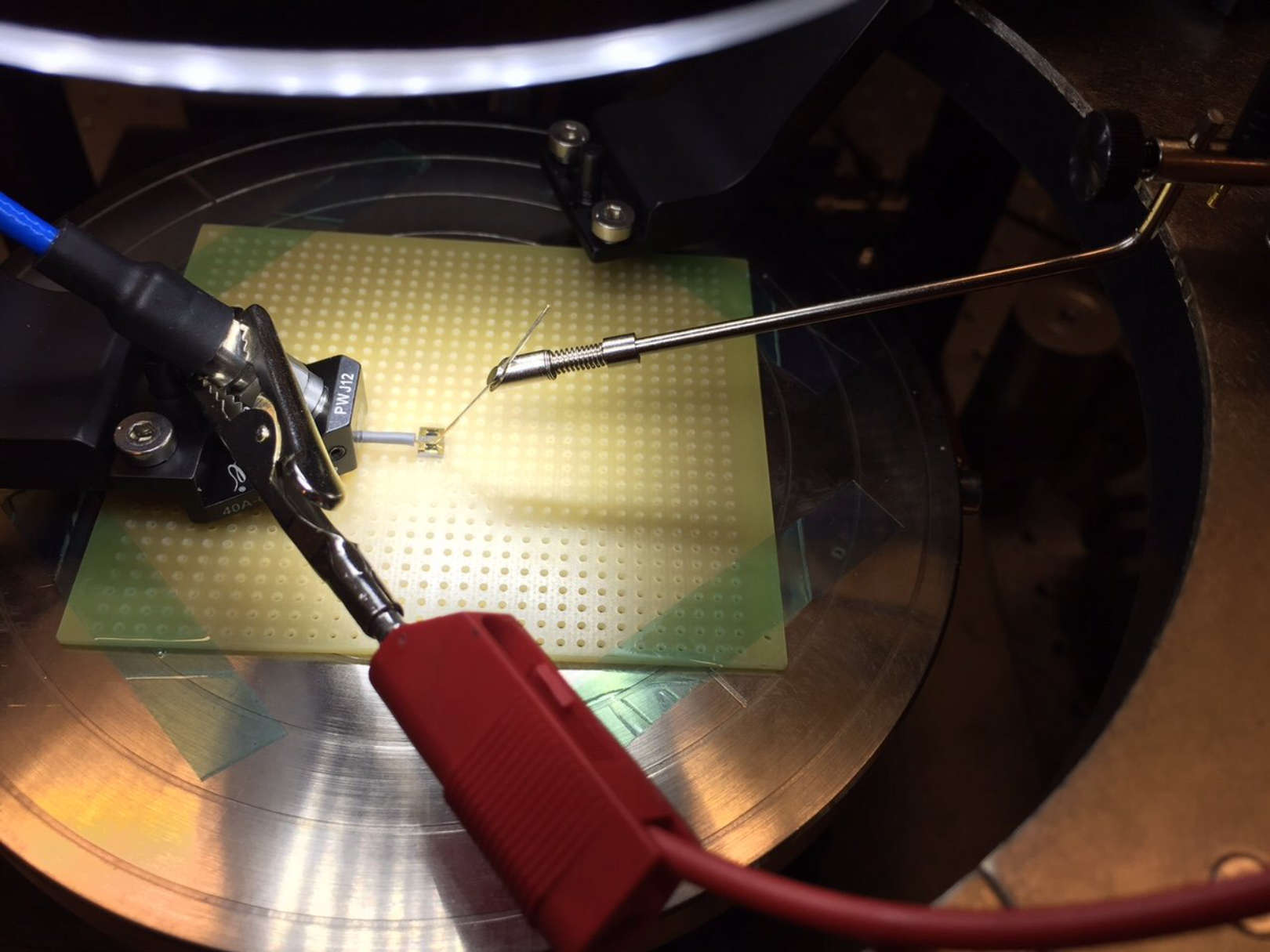About
Maria Inês Carvalho graduated in Electrical and Computer Engineering from the University of Porto in 1990 and received her M.S. and Ph.D. degrees in Electrical Engineering from Lehigh University, USA, in 1994 and 1996, respectively. She joined the Electrical and Computer Engineering Department at the University of Porto in 1996 as an assistant professor, where she is presently an associate professor. In 2009 she joined INESC TEC as a researcher. Her main research area has been the propagation of light in nonlinear media. Her work includes both the theoretical modeling of these phenomena and their numerical simulation and has addressed, among others, soliton beams in photorefractive media, incoherent solitons and microstructured optical fibers. She is a member of the Optical Society of America.



